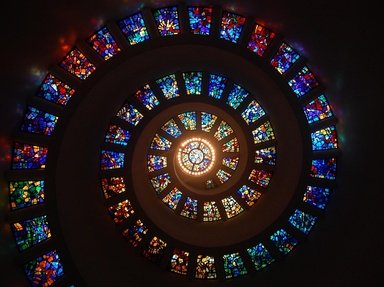Quiz Answer Key and Fun Facts
1. Which former pope was canonised in 2014, after two miracles were examined by a commission of doctors and found to be medically inexplicable?
2. Pioneers of which religion believed they were saved by the miraculous intervention of gulls in 1848?
3. Hazrat Babajan was claimed to be over 100 years old when she died in 1931. Miracles attributed to this Sufi saint include restoring a child's sight. Sufism is a mystic tradition associated with which faith?
4. Aimee Semple McPherson was an evangelist with a massive following in the 1920s and 1930s. What was she famous for?
5. In 1879 a vision of Mary, Joseph, and John the Evangelist was observed for two hours by a group of people at a place called Knock. Where was that?
6. In September 1995, statues all over the world of which Hindu god were observed to be drinking offerings of milk?
7. Saint Abram (1829-1914) was credited with performing many miracles, such as protecting his followers against an epidemic, curing disease, and exorcisms. He was a bishop of the Coptic Orthodox Church from which African country?
8. Many denominations of Christianity practice the miraculous practice of glossolalia, which is also known as what?
9. A person who died in 1997 was canonised in 2016, following the certification by the Vatican of two miracles. An Indian woman's stomach tumour was healed in 1998 by a medallion containing this person's picture; and a Brazilian man was cured in 2008 of multiple brain tumours following this person's intercession. Who was this saintly person?
10. A spiritual leader was selected following a miraculous search that involved the head of the embalmed body of his predecessor turning in a particular direction; a vision seen by the regent; and the identification by this leader, a two-year-old boy, of a man who visited his house, and objects owned by his predecessor. Which leader was this?
Source: Author
Upstart3
This quiz was reviewed by FunTrivia editor
looney_tunes before going online.
Any errors found in FunTrivia content are routinely corrected through our feedback system.
